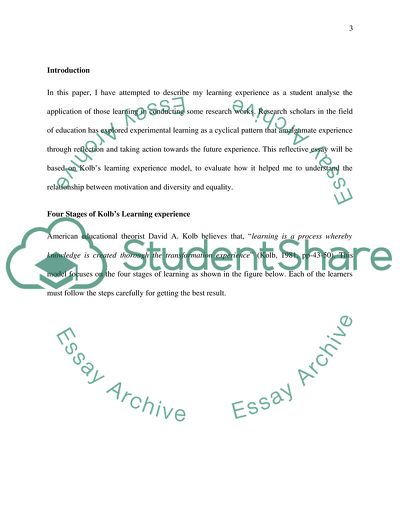Cite this document
(Motivation, Diversity and Equality Essay Example | Topics and Well Written Essays - 1500 words, n.d.)
Motivation, Diversity and Equality Essay Example | Topics and Well Written Essays - 1500 words. https://studentshare.org/education/1843087-motivation-and-diversity-and-equality
Motivation, Diversity and Equality Essay Example | Topics and Well Written Essays - 1500 words. https://studentshare.org/education/1843087-motivation-and-diversity-and-equality
(Motivation, Diversity and Equality Essay Example | Topics and Well Written Essays - 1500 Words)
Motivation, Diversity and Equality Essay Example | Topics and Well Written Essays - 1500 Words. https://studentshare.org/education/1843087-motivation-and-diversity-and-equality.
Motivation, Diversity and Equality Essay Example | Topics and Well Written Essays - 1500 Words. https://studentshare.org/education/1843087-motivation-and-diversity-and-equality.
“Motivation, Diversity and Equality Essay Example | Topics and Well Written Essays - 1500 Words”. https://studentshare.org/education/1843087-motivation-and-diversity-and-equality.


